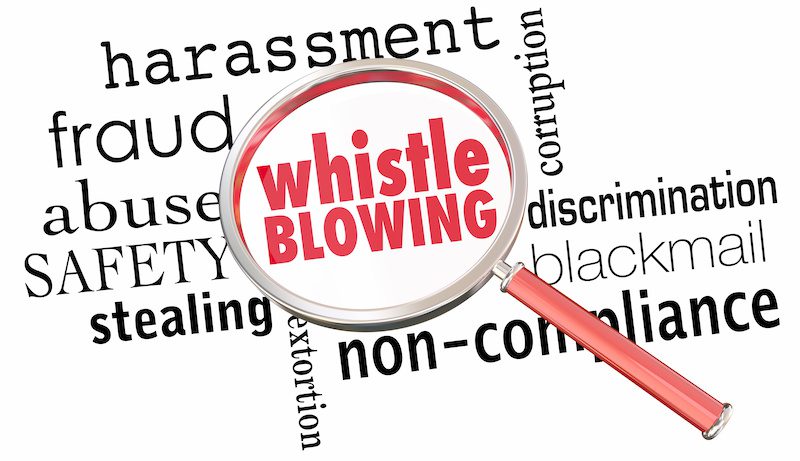There is no escaping it. Social media is everywhere and a major part of most of your employees’ lives and these days – most businesses. It is very rare nowadays to find a business that is not trying to engage with their clients and customers through social media avenues.
But in a world where everything is on show and social media grows in popularity, employers and even potential future employers are paying more attention than ever to what their employees are tweeting, saying and doing online.
When we work with candidates who are looking for employment, we encourage them to ensure that they maintain awareness that their activities online can have a direct impact on their application or provide “an impression” to a future employer that may not necessarily be positive in nature. It’s during these discussions that we identify that there is a high degree of social media users that do not have appropriate privacy settings activated meaning that their private world are on show for anyone who chooses to look.
It’s easier said than done but an exceptional rule of thumb to use is – do not put anything on social media that you don’t want the world to see! As they say – don’t worry “there’s an ap for that!” and there is – it’s called a social media cleaner!
How to balance social media usage and productivity is key to ensuring that you are balanced and reasonable in how you supervise or manage social media use at work. Sometimes, a few minutes break from a task can be extremely helpful to increase productivity but to have a blanket “no social media at work” policy is possibly out dated and challenging when some employees may have responsibilities for managing the business’s social media and performance as part of their role.
As the employer, you need to ensure that your employees are representing your business in the best possible way so the development and implementation of a social media policy governing behaviour from your employees in the public eye. Employees can face disciplinary action and even termination where they specifically disparage the employer, the business name or make damaging comments.
A detailed social media policy should include:-
- Policy statement
- Acceptable and unacceptable use information
- Guidelines on when use is allowed and what limits if any apply
- Conduct covered (use detailed information on expectations of the employer in relation to conduct on social media that has any reflection on the employer or the business brand)
- Explain the relationship between social media and their employment
- Impact of inappropriate use of social media
- Consequences of breaches in policy including the repercussions for excessive use of social media during work hours.
“With technology meaning many employees are rarely off duty, it is possible that the sharp physical divide between work and home has dissolved and it is likely that many employees at some point will cross the boundary between acceptable and unacceptable public and private communications, via their online activities” (Thornthwaite and Barnes, 2012).
Having a policy in place will cover the two main issues facing employers:
- The use of company resources and company time; and
- Addressing conduct that is contrary to the interest of the employer, likely to cause damage to the relationship. This can include out of hours conduct where it can be identified that there is a connection with employment.
Social media can be a powerful business resource – when used properly. Make sure you remain current and aware of what protections you need to put in place.
Action – Ensure you have a detailed social media policy in place that includes what the limits are and also review the current status on your IT use policy. Training needs to be provided to all staff in relation to these policies and procedures and what the repercussions may be should they fail to abide by those policies.
Contributing Source: Thornthwaite, L., and Barnes, A., ‘Social Media at Work’ – AIRAANZ Conference Paper, February 2012 – reported in Workplace Express, 13 February 2012.









